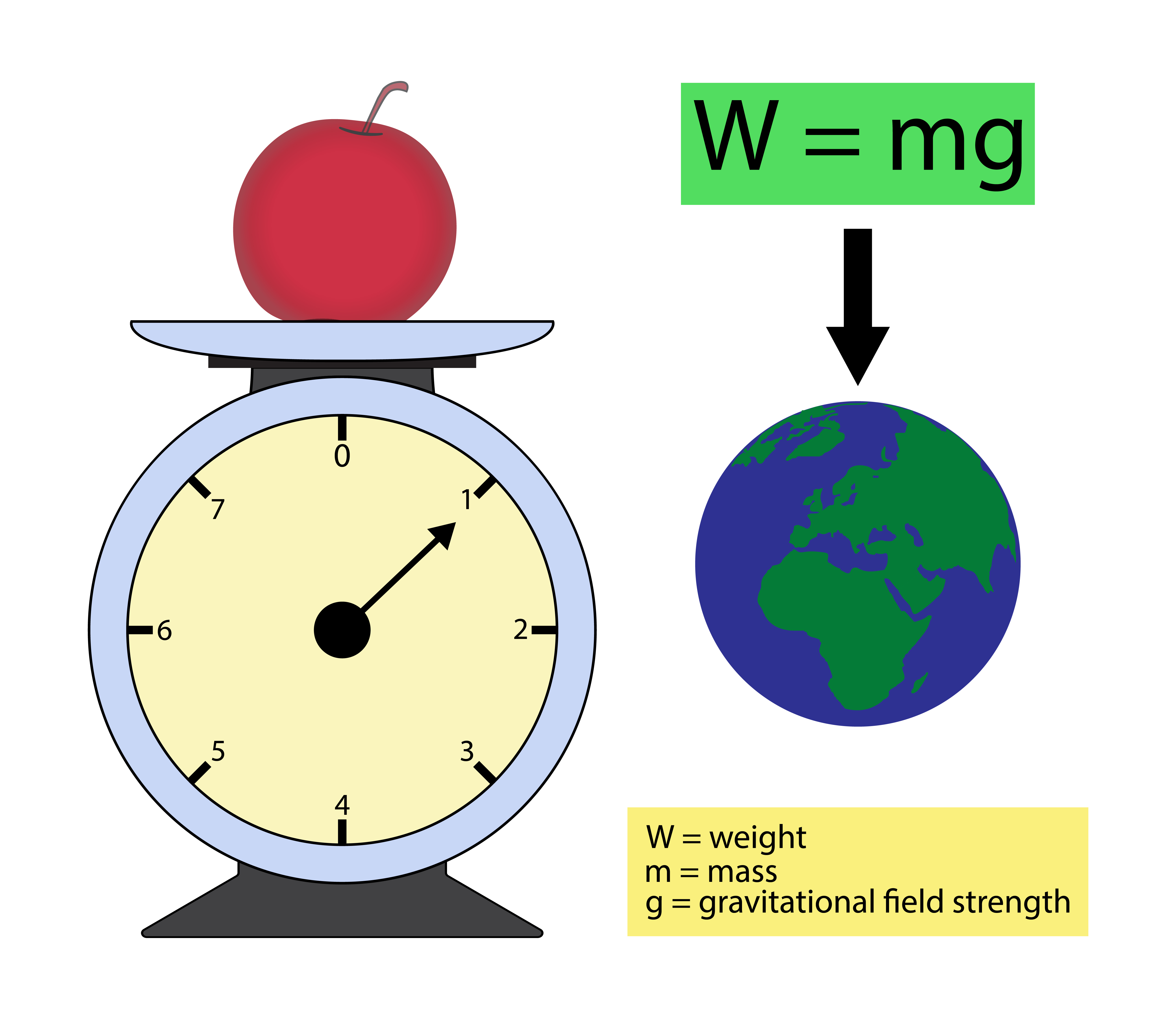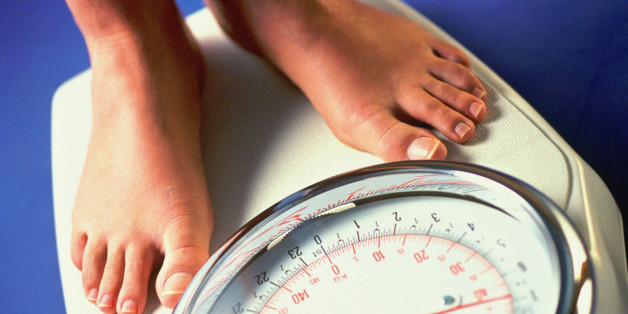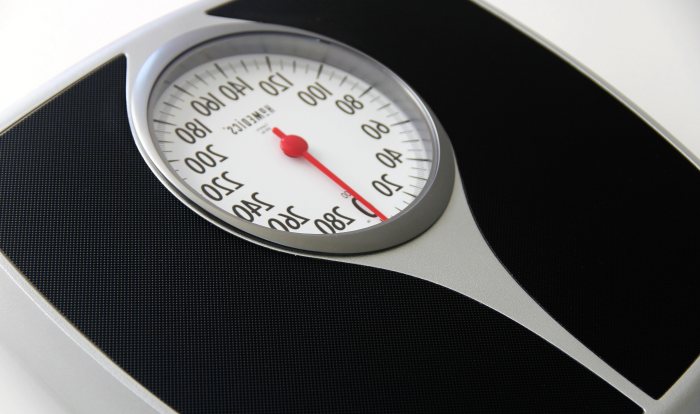It's really interesting to consider how digital characters, like those in simulation games, react to changes in their body shape. You know, when a character's weight shifts, whether they gain or lose a bit, the game often makes them feel things about it. They might get little pop-up messages or changes in their mood, just like a person might feel a certain way when they notice something different about themselves. This kind of detail helps to make the digital experience feel more real, allowing players to connect with their virtual friends on a deeper level, in a way.
What's pretty cool is that the game treats a fresh gain in weight a little bit differently from other changes. It’s not always just a simple number going up or down; there's a nuance to how the game handles these moments for the characters. This suggests a thoughtful approach to how these digital beings experience their physical form, adding layers to their personalities and reactions within the game's story. It's almost as if the game wants to tell a story through these subtle changes.
Beyond just individual characters, there's a whole group of people who come together to support the making of games that explore themes of body expansion and larger figures. This group helps out with developing new ideas and creating content that centers on these specific interests. It’s a place where creators can share their work and find others who appreciate this kind of storytelling within games, fostering a shared interest in weight loss erome themes and their digital portrayal.
- Best Remote Ssh Iot Platform For Raspberry Pi
- Uncut Web Series Online
- Best Ssh Remote Access Iot
- Plumpymage
- Remoteiot Platform Ssh Key Free
Table of Contents
- How Do Digital Characters React to Weight Changes?
- What Happens When Sims Notice Weight Loss Erome?
- Are There Communities for This Kind of Game?
- What Kinds of Games Feature Weight Loss Erome?
- Clothes and Digital Bodies - A Closer Look
- How Do Clothes Change with Weight Loss Erome?
- What About "Feederism" and Weight Loss Erome Themes?
- Is "Feederisim" a True Idle Game Experience?
How Do Digital Characters React to Weight Changes?
Digital characters, like the ones you control in simulation games, often have feelings about their physical appearance, just like people do. When these characters, sometimes called "sims," experience a shift in their weight, they get what the game calls "moodlets." These moodlets are little indicators that pop up, showing how the character is feeling about their body's current state. It’s a way for the game to show that the character has actually noticed a change. For example, if a character has gained some mass, they might feel a certain way about it, and the game reflects that inner experience with a moodlet. This makes the characters feel more alive, doesn't it? They aren't just static figures; they have inner lives that react to what happens to them.
Interestingly, a fresh increase in a character's mass is handled in a special way by the game. It’s not just another number on a scale; it has its own unique set of reactions. This suggests that the game designers put thought into how different kinds of body changes might affect a character's emotional state. A sudden or recent gain might trigger different feelings or responses compared to a gradual shift, or even a loss of mass. This attention to detail adds a lot to the character's personality and how they behave in the game world. So, you might see a sim reacting with surprise or a particular kind of happiness, or maybe even a little bit of concern, depending on what the game intends for that specific moment of fresh gain. It's pretty cool how those details come through.
What Happens When Sims Notice Weight Loss Erome?
When a sim character notices a change in their body, particularly related to weight loss erome themes, the game makes sure they have a reaction. These reactions come in the form of those moodlets we talked about earlier. It's like the game's way of saying, "Hey, your character is aware of what's happening to their body." This awareness can trigger various feelings within the sim, which then show up as a little icon or message. For instance, if a sim has been on a path of losing mass, they might get a moodlet that shows they feel good about their progress, or perhaps a different one if the change is unexpected or not what they wanted.
- Ms Sethi Onlyfan
- Management Of Raspberry Pi Remotely With Remoteiot Management Platform
- Securely Connect Raspberry Pi With The Vpc Network And Remoteiot P2p
- Remoteiot Web Ssh Example Android
- Martha Maccallum Face Lift Surgery
The game's system for these reactions is quite detailed, in some respects. It means that the digital experience of weight changes isn't just about the visual change in the character's model. It's also about the emotional side, how the character internally processes what's happening to them. This helps to create a more immersive experience for the player, as they can see and feel alongside their sim. The game designers clearly put thought into making these characters feel more like people with their own thoughts and feelings about their bodies, even when it comes to the specific context of weight loss erome narratives. It’s a bit like watching a story unfold, really.
Are There Communities for This Kind of Game?
Yes, there absolutely are communities for games that focus on themes of body expansion and fat-themed game creation. These groups are places where people who enjoy playing or making such games can come together. They offer support for developers, sharing ideas and helping each other out with projects. It’s a space where creative minds can connect and work on making games that explore these specific interests. This kind of community spirit helps new games come to life and existing ones to grow, providing a hub for discussion and collaboration. You might find people talking about game mechanics, story ideas, or even just sharing their experiences playing these unique titles.
These communities often serve as a central spot for information and resources. For example, there's a mention of a list that was getting too big for regular online discussions and was being moved to a dedicated wiki. This tells you that the interest is strong enough to warrant a whole separate knowledge base. People are encouraged to keep these pages updated, which shows a collective effort to keep the information fresh and helpful for everyone involved. It’s pretty cool how these groups organize themselves to support their shared passion for these types of games.
What Kinds of Games Feature Weight Loss Erome?
There are a few different kinds of games that explore themes related to weight loss erome, as suggested by the information. One type might involve seeking out hidden objects, finding someone to care for, and making choices that decide your character's destiny. These games often blend different elements to create a rich story. Another example mentioned is a text-based game called "Gaining Perspective." This game is specifically about characters gaining a lot of mass, and it tries to present this process in a very believable way, focusing on how quickly or slowly these changes happen. It’s not just about the end result, but the journey of the character's body transformation.
Another type of game discussed is one called "feederisim," which allows players to interact with a character, referred to as a "feedee," in various ways. These interactions can include giving the feedee food, gently touching them, or even sharing a kiss. The main idea behind this game, apparently, is centered around the act of feeding. Beyond that, it might also include elements of playful teasing or a bit of a dominant-submissive dynamic. So, you see, the range of games can vary quite a bit, from story-driven experiences to more interactive, character-focused simulations that touch upon weight loss erome themes.
Clothes and Digital Bodies - A Closer Look
When a character in these games experiences a change in their body shape, their clothing often reacts in a very noticeable way. If your character starts to gain mass, their clothes will begin to look tighter and tighter. It’s a clear visual cue that something is happening to their body. This continues until the clothing literally doesn't fit anymore, and you, the player, need to get them a new set of garments. This applies to losing mass as well; if your character sheds some pounds, their clothes will start to appear looser and looser. It's a neat detail that adds to the visual feedback in the game, making the body changes feel more real.
This clothing mechanic creates a kind of ongoing cycle, especially in the later stages of the game. If clothes become too snug, it's a direct sign that the character's body has changed significantly. This can lead to a rather interesting sequence of events. You might find yourself constantly needing to update your character's wardrobe as their body shifts. It’s a feedback loop, really, where the body change affects the clothes, and the ill-fitting clothes then highlight the body change, prompting an action from the player. It makes the player constantly aware of the character's physical state, which is pretty clever, you know?
How Do Clothes Change with Weight Loss Erome?
In the context of weight loss erome themes within these games, the way clothes fit is a really important visual indicator. As a character's body changes, whether they are gaining or losing mass, their clothing adjusts to reflect that. If a character is on a path of losing weight, their outfits will gradually appear more relaxed and less form-fitting. This visual cue helps to show the player the progress their character is making. It’s not just a number on a screen; you can actually see the difference in how the clothes drape and hang on the character's digital body.
The game makes sure that if clothes become too small for a character who has gained mass, or too big for one who has lost it, the player is prompted to take action. This means you can't just ignore the changes. You have to actively go and find or buy new clothes that fit your character's current body shape. This adds a layer of realism and consequence to the weight changes within the game. It makes the weight loss erome experience feel more grounded in the everyday realities of how clothes fit, even in a virtual setting. It’s a practical element that ties into the overall theme, you see.
What About "Feederism" and Weight Loss Erome Themes?
One of the games mentioned, called "feederisim," really focuses on interactions centered around feeding a character. This game, which was recently put out on a platform called Itch, lets players do several things with a character known as a "feedee." You can, for instance, give them food, gently rub them, and even share a kiss. These actions are clearly meant to be the main point of the game, creating a specific kind of experience for the player. It’s all about those interactions and how they relate to the feedee's body.
Beyond just the feeding, the game also touches on other related ideas. There's a possibility of including a bit of teasing or playful humiliation, which adds another layer to the interactions between the player and the feedee. Also, it might even include some elements of a dominant-submissive dynamic. So, the game explores a range of themes that go hand-in-hand with the main idea of feeding. A fresh gain in the feedee's mass is, apparently, handled in a distinct way within this game, showing that even small details about body changes are given special consideration.
Is "Feederisim" a True Idle Game Experience?
The game "feederisim" isn't quite what you'd call a true idle game, at least not in the typical sense. In many idle games, you set something up, and it just keeps going on its own, growing indefinitely without much input from you. But with "feederisim," it seems the character, the "subject," can't just keep gaining mass forever without some kind of intervention or limit. There's a point where the process needs something else to happen, or it stops. This suggests that the game has specific mechanics or boundaries that prevent endless, automatic progression.
This limitation means that the player has to be more involved than in a pure idle game. You can't just set it and forget it. There's a reason why the subject's mass can't just increase without end; there's a system in place that requires some player action or decision to continue the process. This makes the game more interactive and less about simply watching numbers go up. It’s pretty much a different kind of play experience, one that needs a bit more attention from you, the player, to keep the weight loss erome journey going, or perhaps, the weight gain journey in this specific context.


